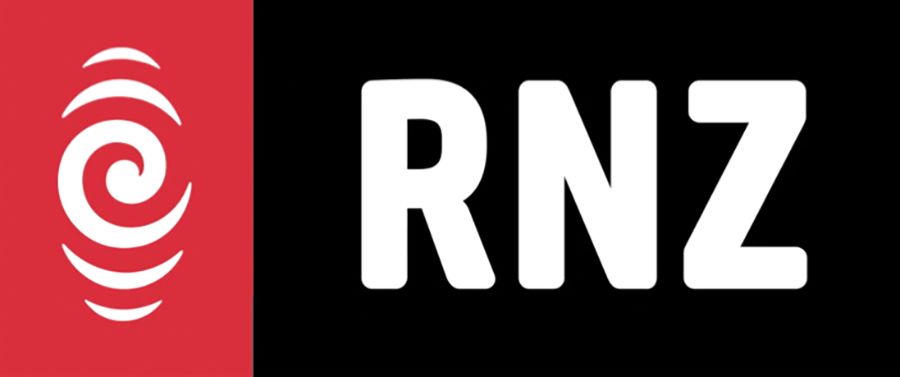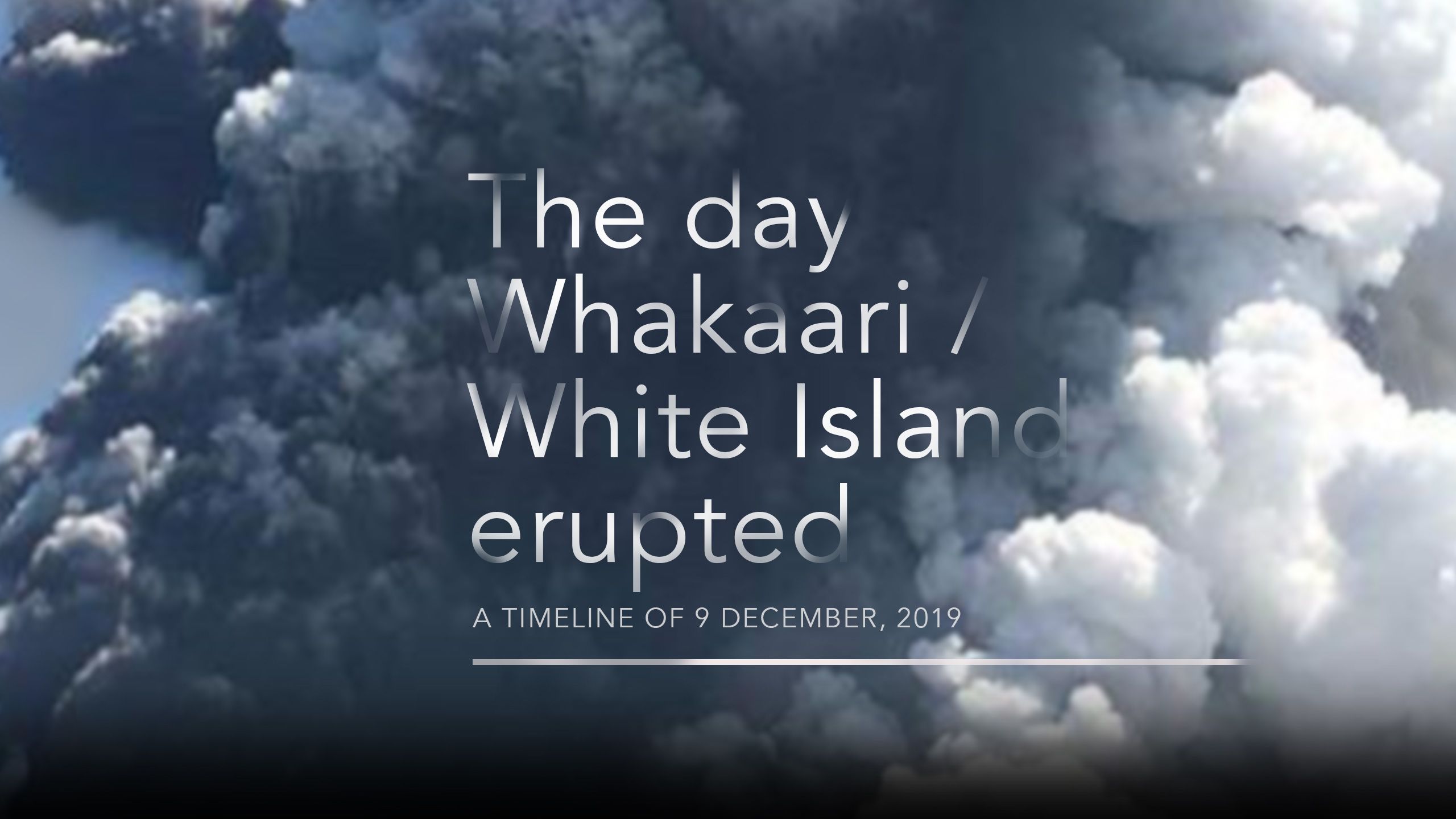
For years, Whakaari/White Island has awed the thousands of visitors who have stepped onto its alien surface. On 9 December, 2019, that otherworldliness was transformed into a hellscape. Kate Newton and RNZ’s team of journalists report.
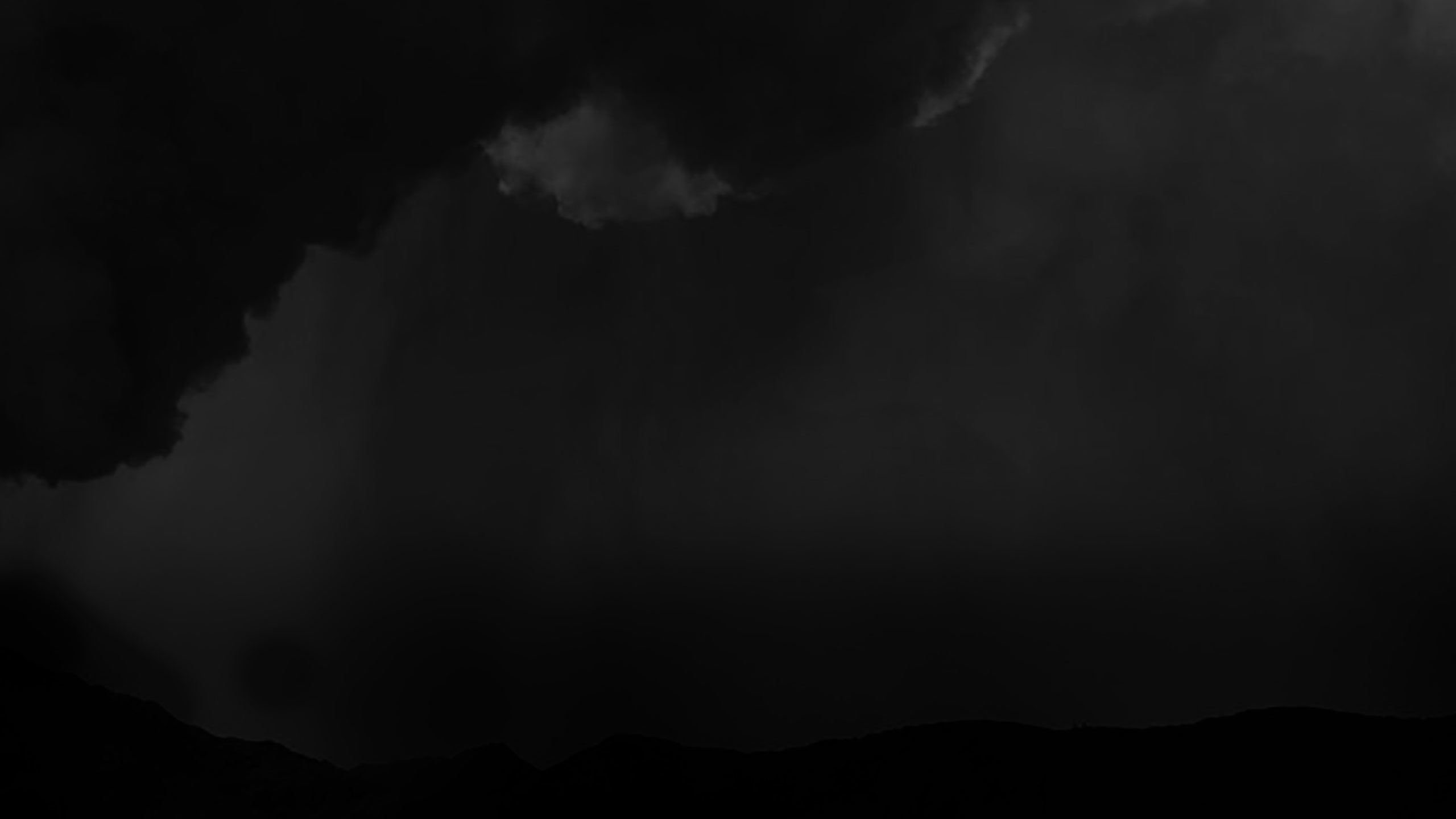
Here’s one way to tell the story of Whakaari.
During the great battle between the mountains Tongariro and Taranaki, Whakaari and her sister Moutohorā were among those who fled from the fighting to the coast near Whakatāne. While Moutohorā was searching for fire to warm up, Whakaari became impatient and plunged into the ocean. Moutohorā returned and, annoyed at Whakaari, lit the fire and threw it across the sea at her sister.
Whakaari - the dramatic volcano - has never been still since. “Her role is to reveal, to tell, to show the spiritual signs in the physical world,” Ngāti Awa spiritual adviser Pouroto Ngaropo says. “That’s what she’s done since the beginning of time.”
On an early summer day, 9 December, 2019, Whakaari cleared her throat and spoke again, with devastating consequences.
Prelude
18 November, 2019
Volcanologists at GNS, the government’s earth sciences institute, have been detecting increases in tremors and sulphur gas on Whakaari (White Island) for the past few weeks. Today, they decide to raise the alert level on the island to two - moderate to heightened volcanic unrest. Volcanologist Michael Rosenburg says Whakaari is a complicated volcano and the changes may or may not be a signal. “It doesn't necessarily mean that this is going to lead to an eruption."
9 December, 2019
6:38am
A clear, early summer day has just dawned on the east coast as the cruise ship Ovation of the Seas berths in Tauranga. After breakfast, passengers head off for a day of on-shore activities. Among the options is an excursion to Whakaari/White Island, but ABC journalist Donna Field, who is getting over a cold, opts for something gentler - a climb up Mount Maunganui.
12.07pm
White Island Tours’ 62-foot catamaran Te Puia Whakaari, sets out from Whakatāne wharf with a load of passengers, including the cruise tourists who’ve been bussed down from Tauranga. Another of the company’s tour boats, Phoenix, is already part-way to the island - about an 80-minute cruise from the mainland.
1.40pm (approximately)
Geoff Hopkins and his daughter Lillani, 22, are among the first boat-load of passengers on Whakaari/White Island today. Geoff first visited the volcano 24 years ago and this second trip is a birthday present from Lillani, who he’s been wanting to take with him for years.
Now, they’re finally here, dressed in hard hats and gas masks, on the crater floor. They’ve been briefed to seek shelter if there’s an eruption, and follow their two guides’ instructions. There’s a shipping container down near the beach that’s a safe zone, they’re told. Later on, Geoff won’t remember noticing anything out of the ordinary. “We had a great time… We stood on the edge of that crater lake and marveled at the might of nature.”
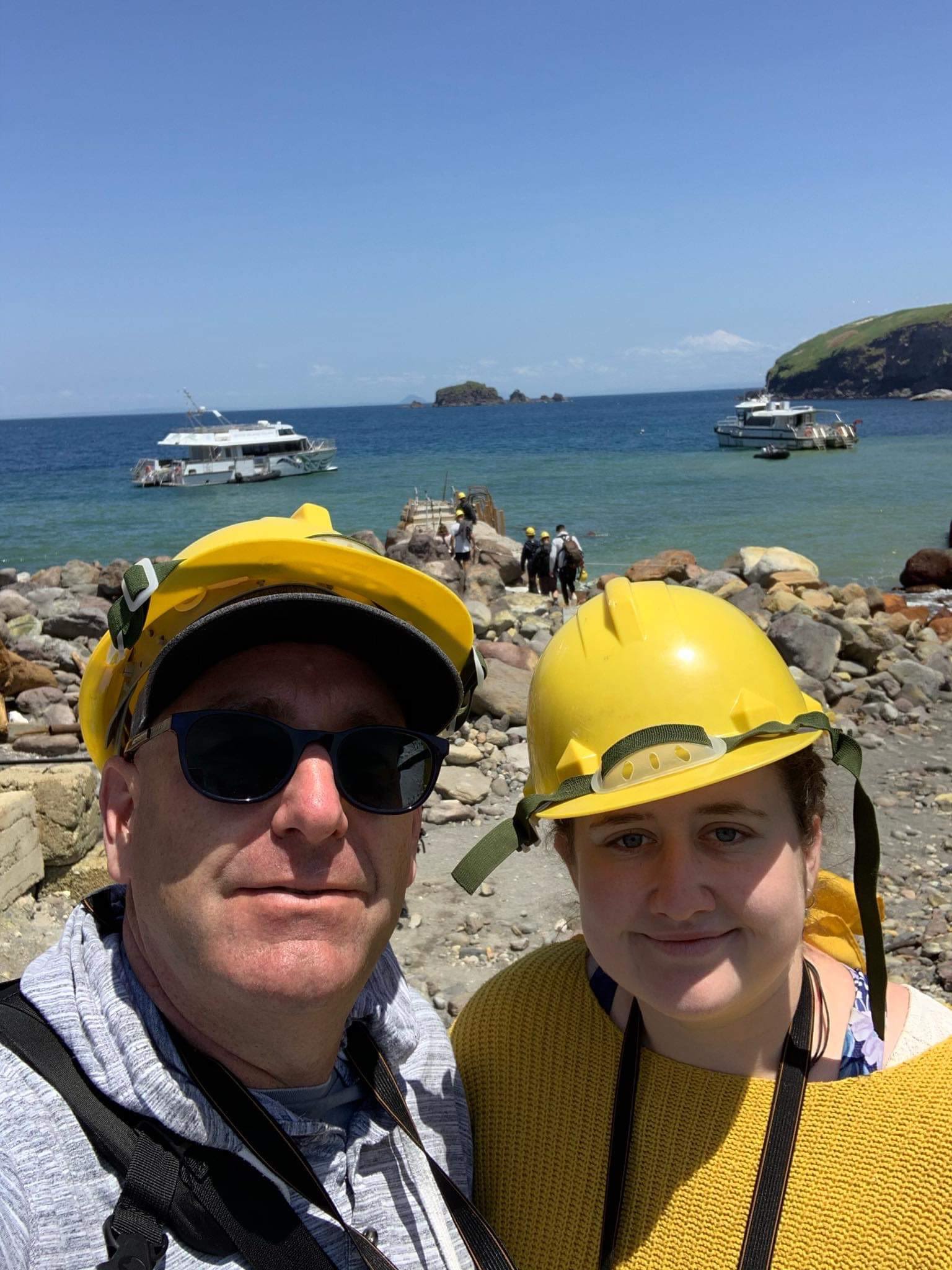
2pm
Just before they get back to the wharf to board the boat for the voyage home, Lillani snaps a selfie of her and her dad. Their faces are shaded by the yellow hard hats they’re still wearing. Behind them, the two tour boats bob on the edge of deeper water.
The second group of tourists can be seen on Geonet’s webcam, standing on the edge of the crater lake, white smoke rising slowly behind them.
2.10pm
On the Geonet webcam, the second tour group can be seen starting to head back down from the edge of the main crater, a single file of black specks.
2.11pm
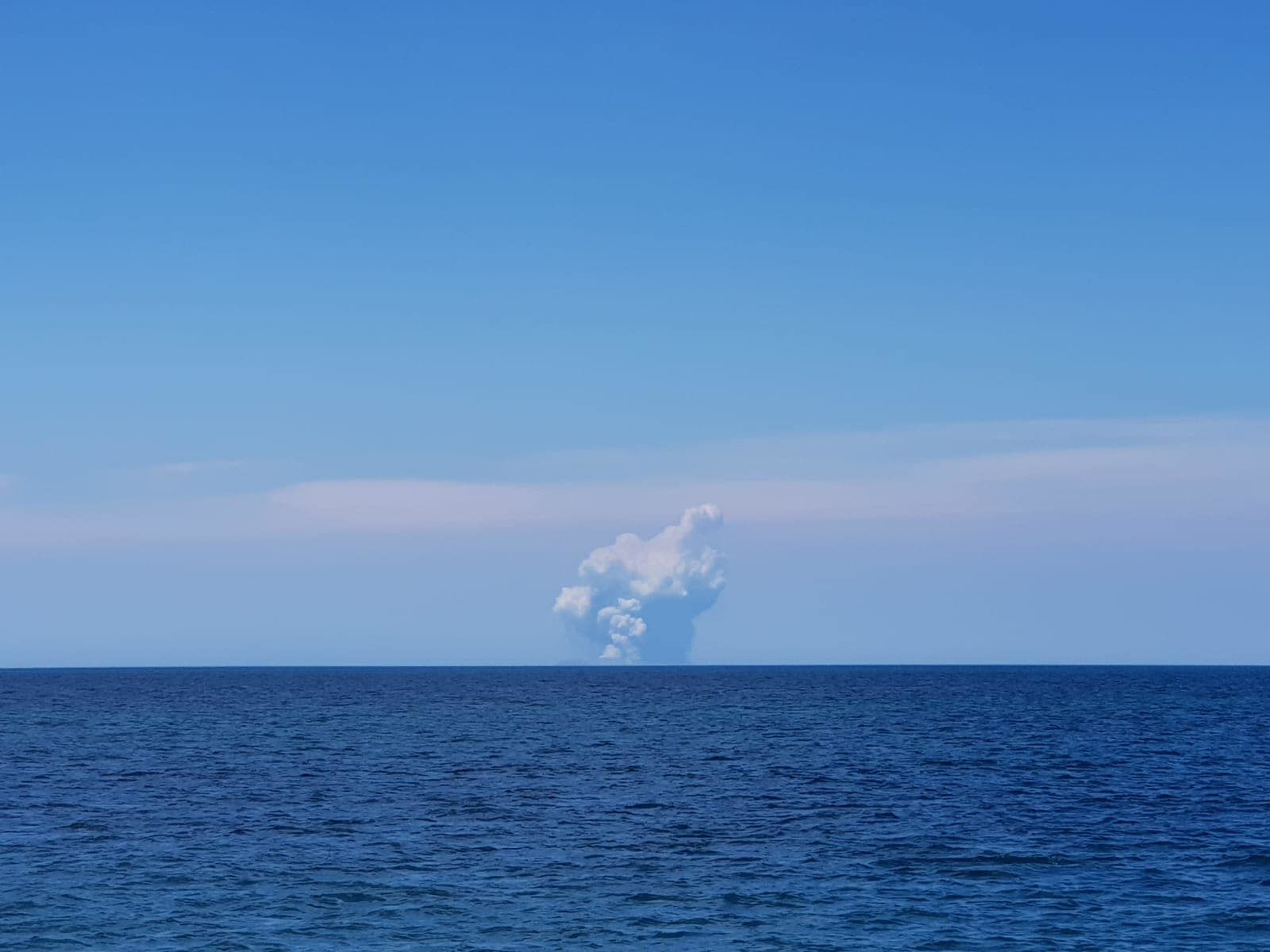
Out at sea halfway between Pukehina and Tauranga, commercial fisherman Dan Harvey is scanning the horizon when he notices a burst of dark steam emerging from Whakaari/White Island.
He watches for a minute or so as the billows of cloud and smoke grow. It’s like a nuclear bomb going off. “It was turning into a mushroom cloud, the way it just expanded around itself and just went straight up into the sky.”
He rings his wife. If you hear any news about White Island erupting, don’t worry - we’re ok, he tells her.
From the summit of Mount Maunganui, journalist Donna Field looks out over the ocean and spots what she thinks must be smoke from a fire.
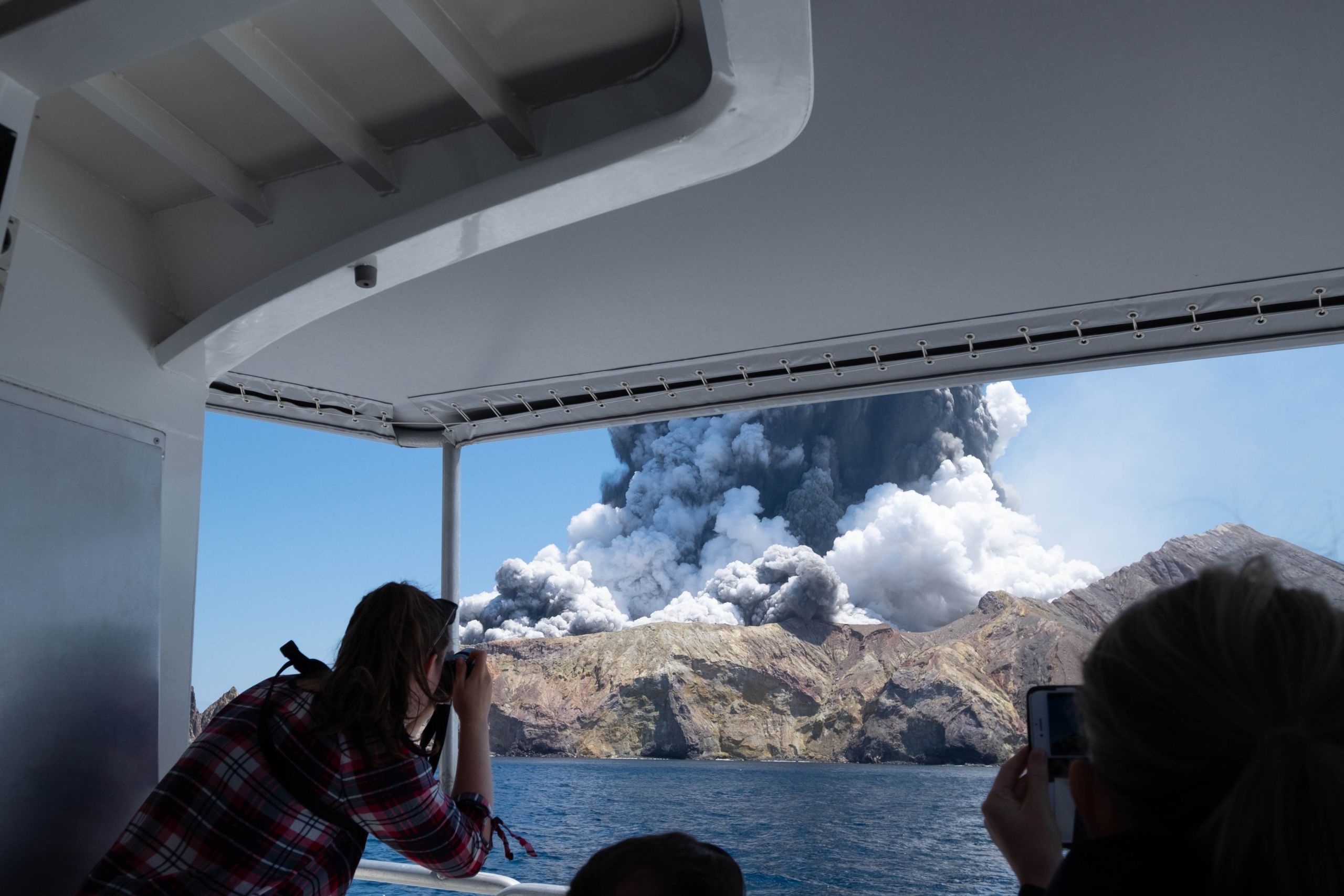
2.12pm
Aboard the first boat, which has just left the Whakaari/White Island jetty, Geoff Hopkins doesn’t hear anything above the sound of the catamaran’s engine. But simultaneously, everyone on deck turns around and sees the billowing eruption. At first, it’s a big, beautiful cloud rising above the island. Seconds later it changes, Geoff recalls later. “This menacing, rolling cloud of ash just rolled over the cliff and out and down to sea.”
The ash completely obscures the island and briefly blocks out the sun.
The passengers are hurried into the cabin and the boat takes off, away from the island.
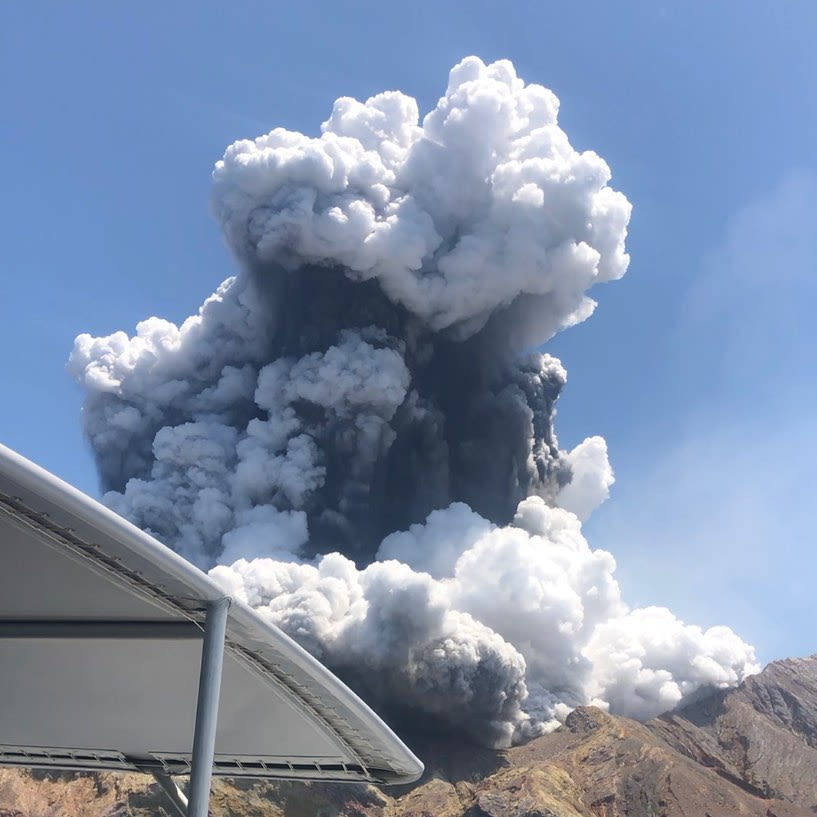
2.14pm
Whakatāne Coastguard receives a call from the skipper of one of the tour boats: Whakaari/White Island is erupting.
Geonet will later call it “an impulsive, short-lived event”. One volcanologist describes it as a “throat-clearing”. The steam-based eruption sends a plume of ash 3658 metres into the air (nearly the height of Aoraki/Mount Cook).
2.15pm (approximately)
Driving to Whakatāne from Tauranga, commercial helicopter pilot Mark Law sees the plume of smoke. It looks a bit sinister, he thinks. He heads to work and makes some calls to White Island Tours.
Soon he and Kahu NZ’s other pilot, Jason Hill, are heading out in two of the company’s choppers, flying towards the white cloud still billowing above Whakaari
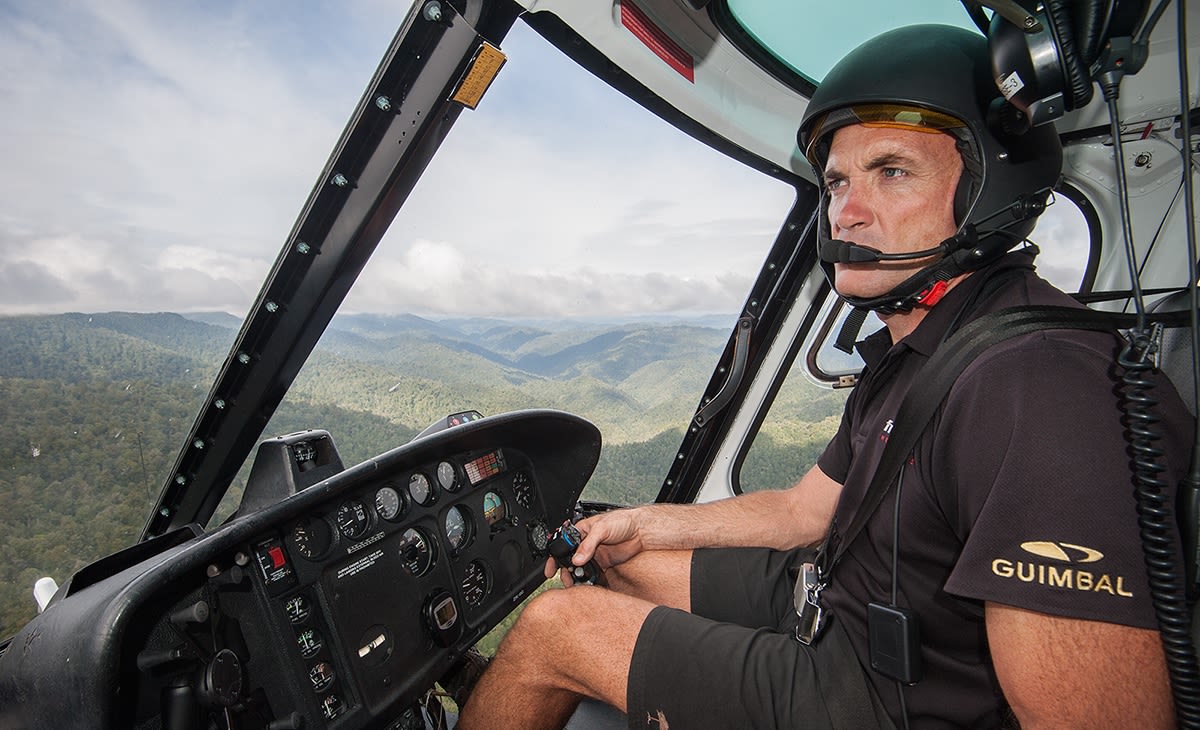
Mark Law
Mark Law
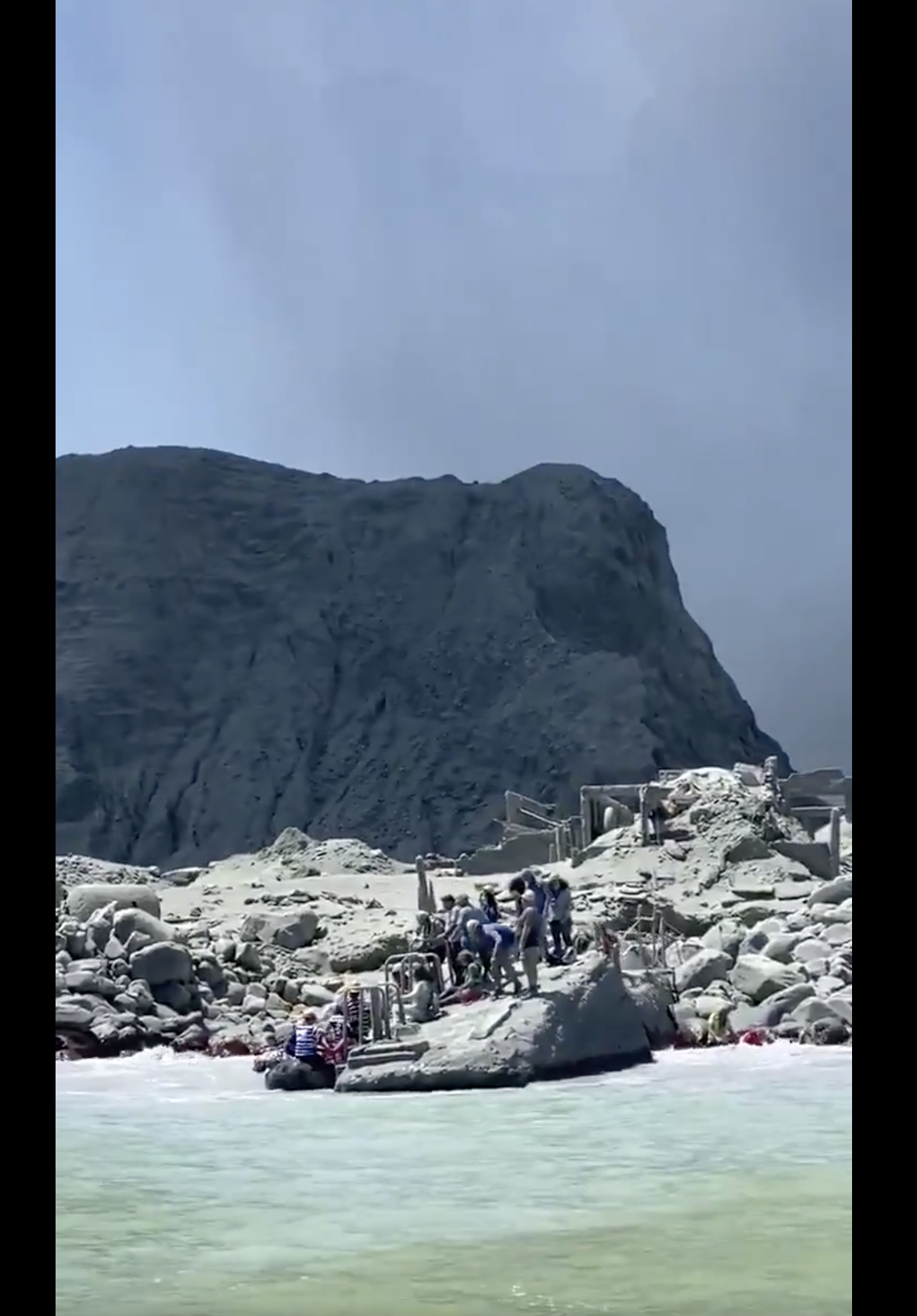
2.23pm
After initially heading away from the ash engulfing the island, the boat Geoff and Lillani Hopkins are on returns to the island to rescue whoever they can. The boat’s radio is crackling with voices. From the vessel, they can see people in the water and on land near the jetty.
The other boat still moored at the jetty looks like it has been spray-painted grey, Geoff thinks. “It was perfectly covered in ash.”
White Island Tours manager Paul Kingi and another tour guide launch an inflatable boat and speed towards the survivors.
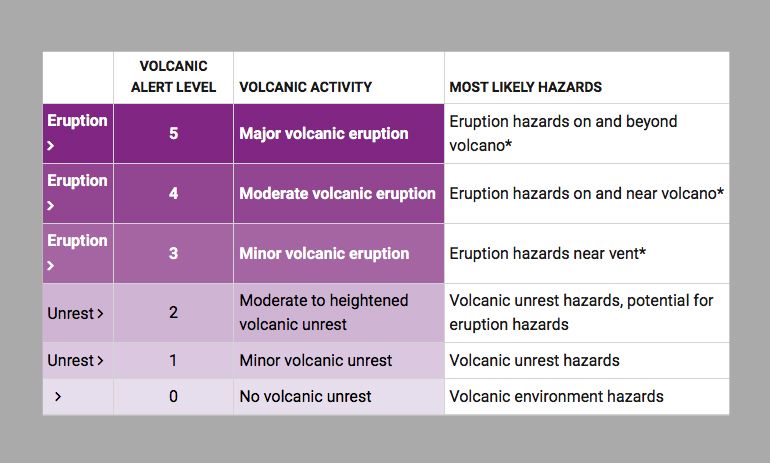
Geonet's volcanic alert levels
Geonet's volcanic alert levels
2.30pm
GNS duty volcanologist Geoff Kilgour publicly confirms an eruption. GNS raises the volcanic alert level on Whakaari/White Island to four.
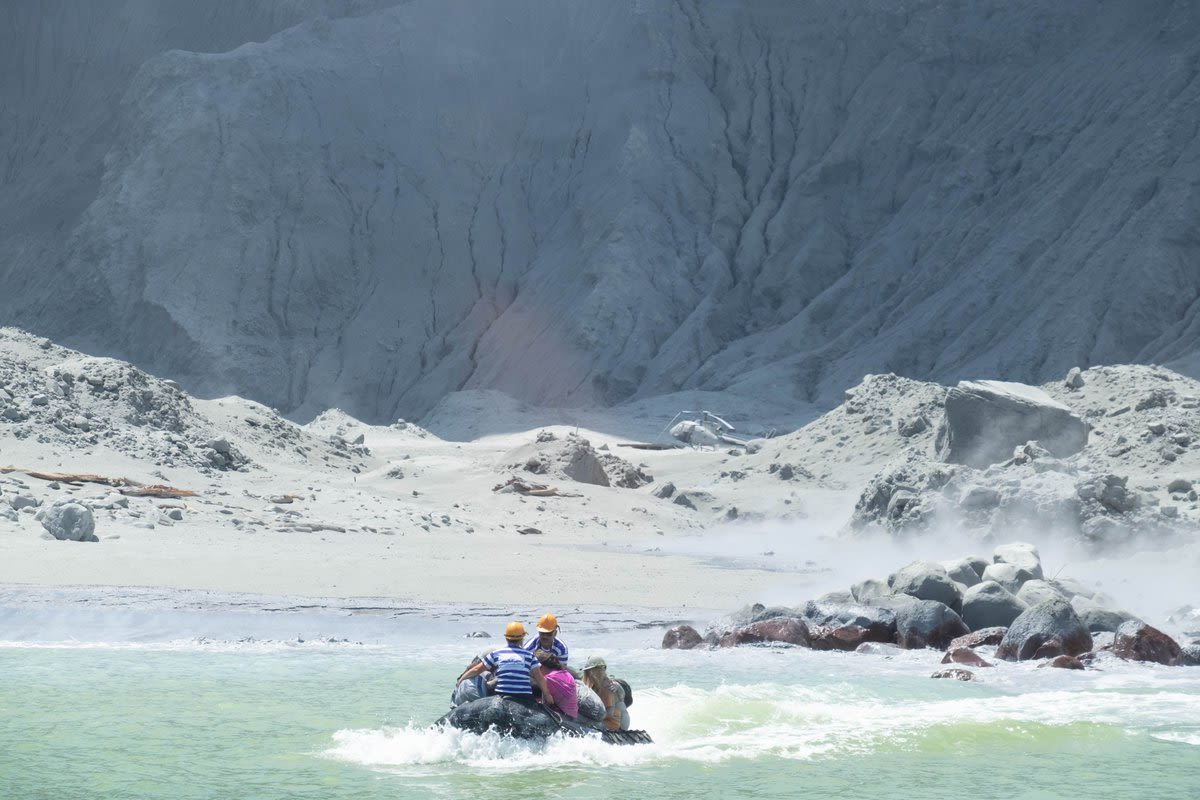
3-4pm (approximately)
On Geoff and Lillani Hopkins’ boat, crew are calling for first-aiders to help the injured people that have been brought aboard. Geoff has some specialist remote first-aid training and his daughter has some training too, so they offer to help.
Nearly everybody coming aboard has significant burns - to exposed skin such as their legs, arms and faces, but some are also burned underneath their clothing. Geoff wonders later if these are steam burns. “You’d lift someone’s shirt and the shirt was in perfect condition but there would be terrible burns underneath it.”
A call goes up for any containers or bottles. Passengers and crew work together to fill and fill and fill these with cool water, pouring it over people’s burns. As time passes, shock starts to set in for many of the victims and so the first-aiders do their best to keep them warm and keep them talking, if they can.
At some point during the voyage, a Coastguard boat meets the tour boat and two paramedics come on board for the rest of the journey.
Geoff Hopkins is looking after an American couple who are on their honeymoon - later identified as Lauren and Matthew Urey. The couple are so badly burned that Geoff can’t find a vein to insert intravenous pain medication. They drift in and out of consciousness and Geoff focuses on just trying to keep them alive long enough to reach shore. He talks non-stop to them, trying to keep them conscious.
There is ash everywhere. Geoff will still be able to smell it on his hands the next day.
3.15pm
Civil Defence issues a national warning for a moderate volcanic eruption, telling residents nearby to be aware of the potential for ashfall.
At about the same time, helicopter pilots Mark Law and Jason Hill land on the island, after spotting people in the crater.
Law can hear some people calling for help but others are unable to speak. Ash is still snowing down.
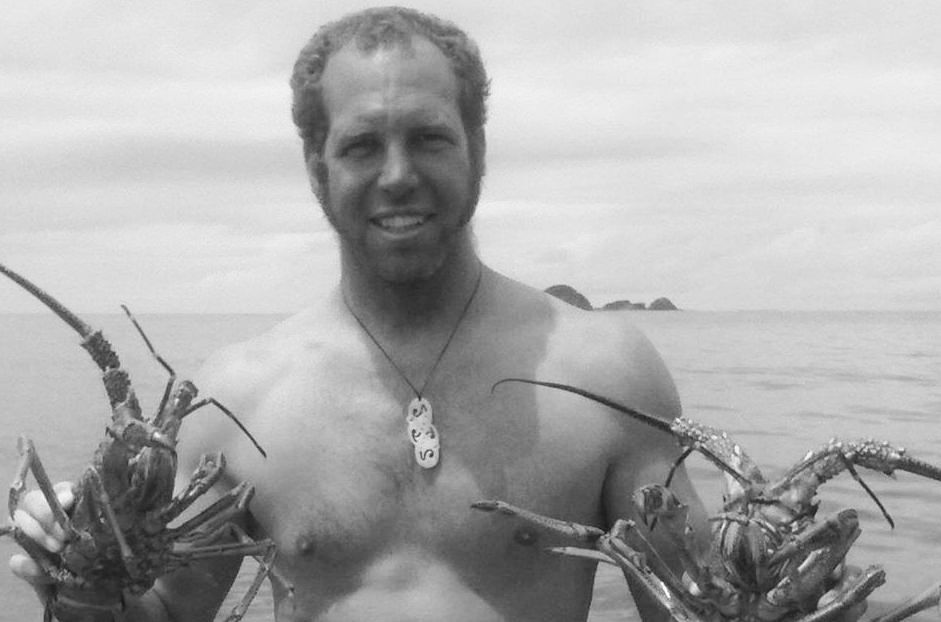
Hayden Marshall-Inman
Hayden Marshall-Inman
As well as survivors, Law can see bodies. He recognises one as his friend, Hayden Marshall-Inman - one of the tour guides on the island that day.
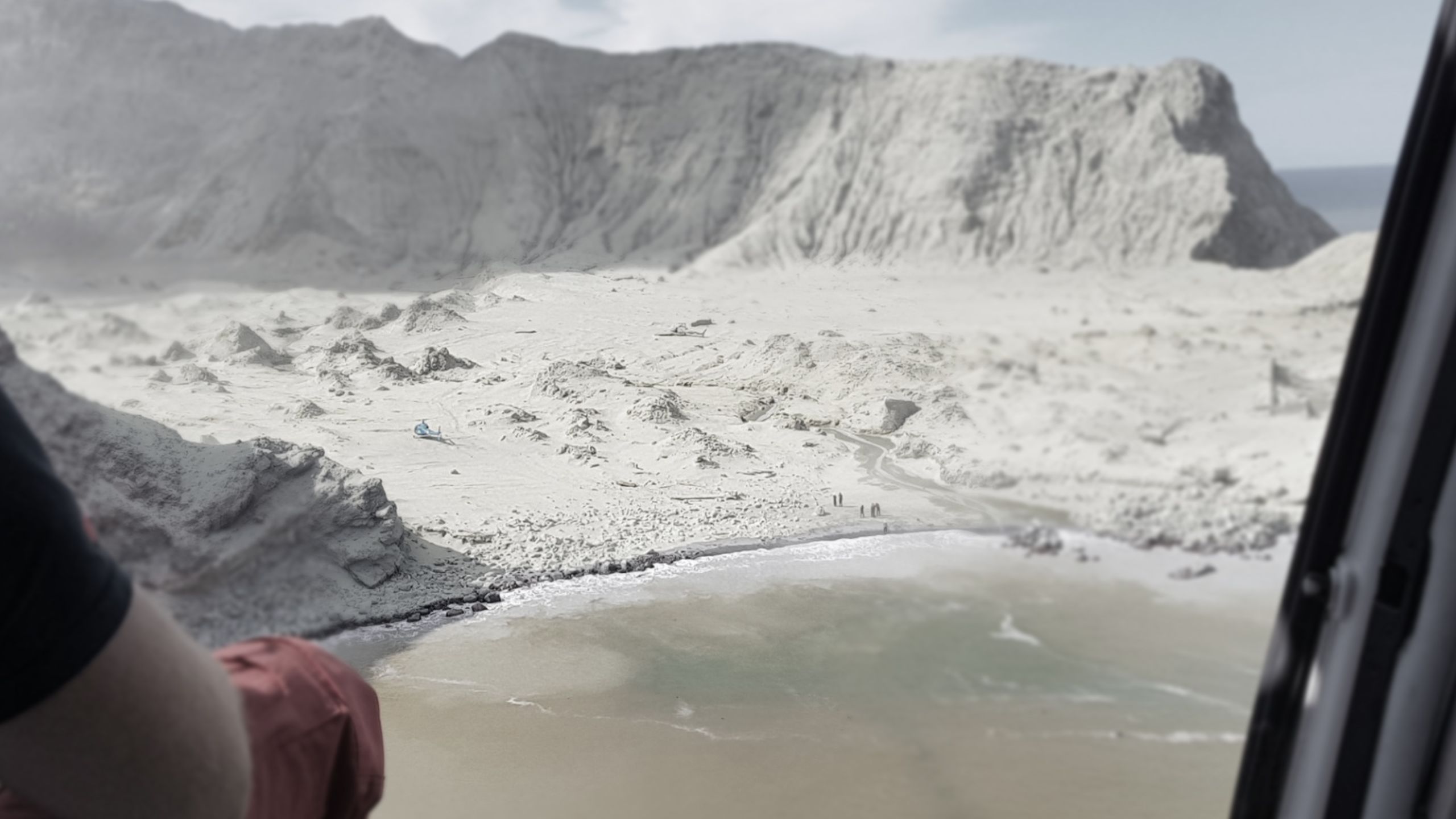
3.38pm
Whakatāne mayor Judy Turner confirms publicly that people were on the island when it erupted and some have been injured.
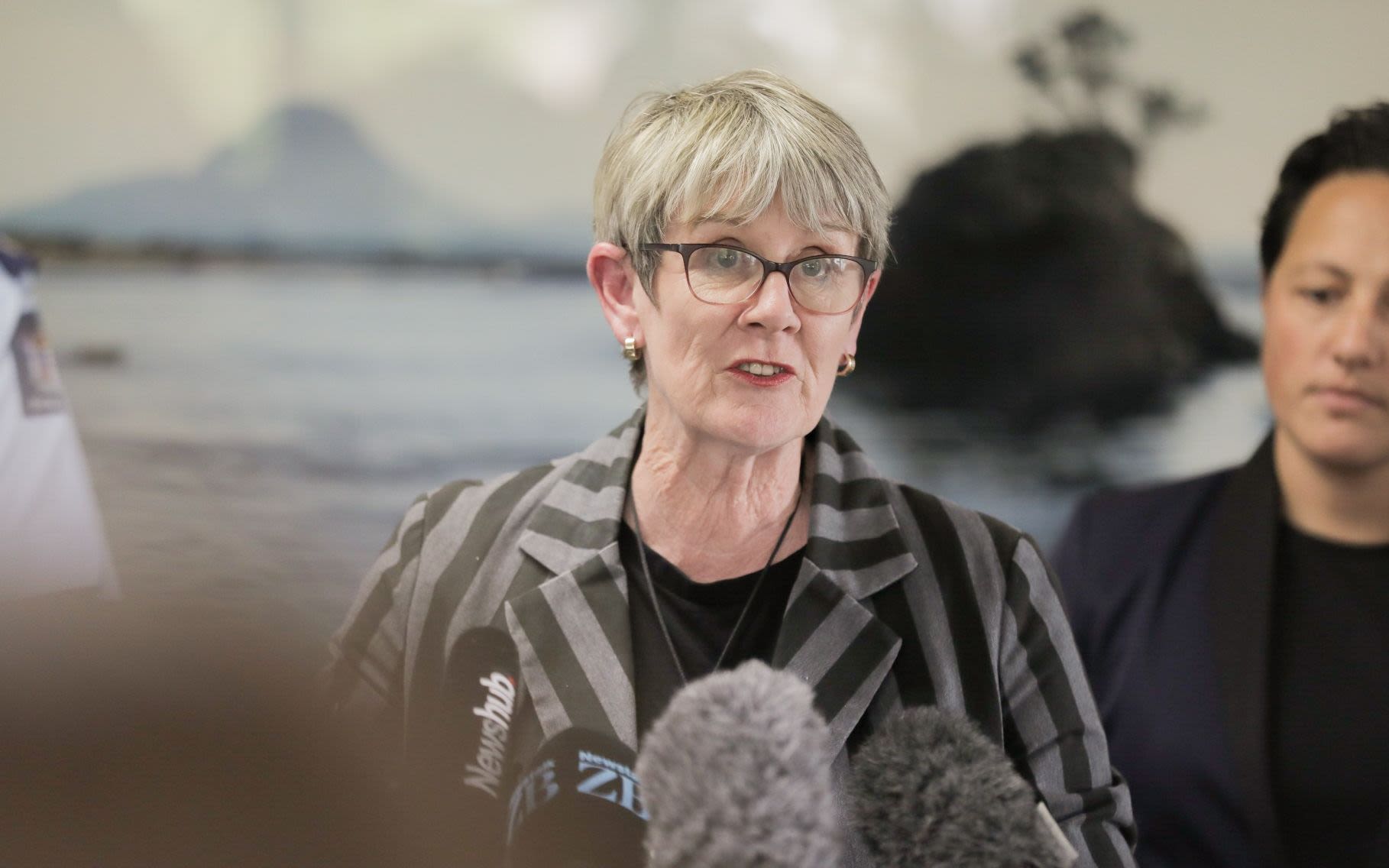
3.40pm
Volcanic Air pilot Tim Barrow spots Kahu NZ’s two helicopters in the crater and lands his own chopper next to them.
He, crewman Graeme Hopcroft, and the two Kahu pilots spend the next half hour helping survivors onto the three aircraft - in total, they take 12 people off the island. Some die in transit.
4pm (approximately)
Paul Kingi is among the White Island Tours crew members still trying to get survivors onto the second boat. He has just about given up hope of finding anyone else alive when he sees a figure coming out of the smoke and steam towards him, covered in an inch of ash.
There are no other obvious survivors and the second boat now leaves Whakaari, putting about 15km between it and the island in a matter of minutes. It races towards Whakatāne at about 30 knots, hitting its maximum speed of 35 knots as it nears the mainland.
4.03pm
Diveworks Charters skipper Phil van Dusschoten is on the phone to a reporter when he spots the first tour boat returning. “One of the White Island Tours’ big boats is just racing in now, up the harbour. Man, he’s going flat-out.”
Don Richards is inside a cordon police have set up near the wharf and sees the first boat arrive. Some people are walking, with silver emergency blankets around them, but others have to be stretchered off. They’re loaded into a convoy of seven ambulances already waiting.
Some of the people are coming off the boat in their underwear. “There were women just wearing bras and it didn't look right. I couldn't understand what I was looking at."
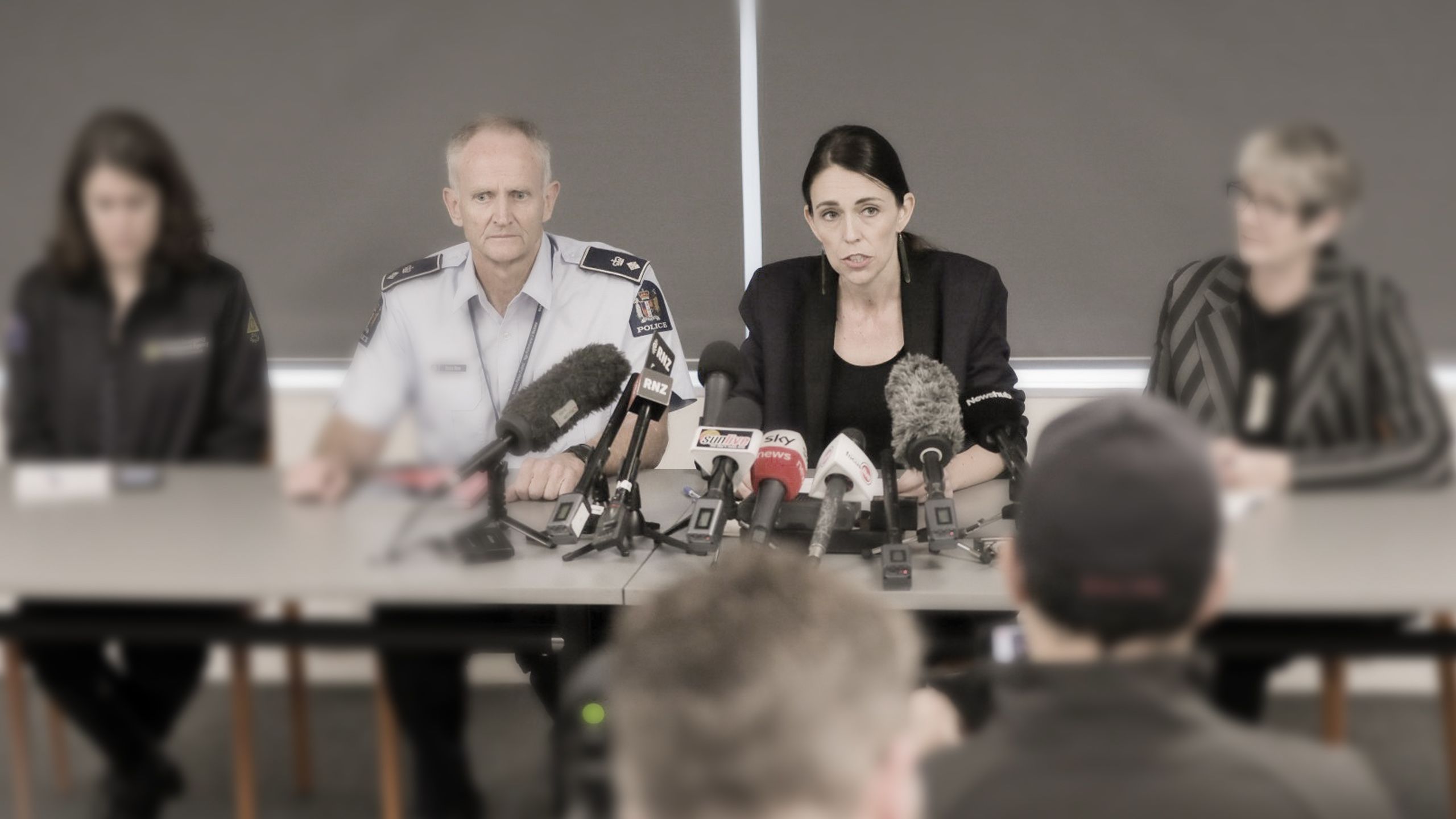
4.14pm
At her weekly post-Cabinet press conference, Prime Minister Jacinda Ardern says about 100 people were on or around Whakaari/White Island at the time of the eruption. This is later revised down to 47 people physically on the island.
4.20pm
GNS lowers the volcanic alert level to three, after a steady decline in activity since the eruption.
4.45pm
The second boat docks, still covered in ash. It’s completed the journey back in about 45 minutes - half an hour faster than normal.
4.53pm
St John says it has dispatched seven rescue helicopters with paramedics on board to the island to help up to 20 people still believed to be there. In the end, none are able to land on the island because of safety concerns. They head back to Whakatāne to start transporting patients to burns units around the country.
Auckland rescue helicopter pilot Rusty Clarke carries out a fly-over. He’s just finished watching a mini-series about the Chernobyl nuclear disaster - that’s what the volcanic crater looks like, he says. “A complete white-out of the area involved.”
6.15pm
Ovation of the Seas is due to leave port, but instead journalist Donna Field - who has learnt about the eruption after returning from her walk - hears a captain’s announcement. Guests and crew from the boat are among those missing. Later, Field hears a roll call of names of those missing. “I can't remember how many, but it was a long list.”

6.36pm
After several postponements and a venue change, police and civil defence hold a joint press conference. Police Commissioner John Tims confirms one person has died and there are likely to be further fatalities.
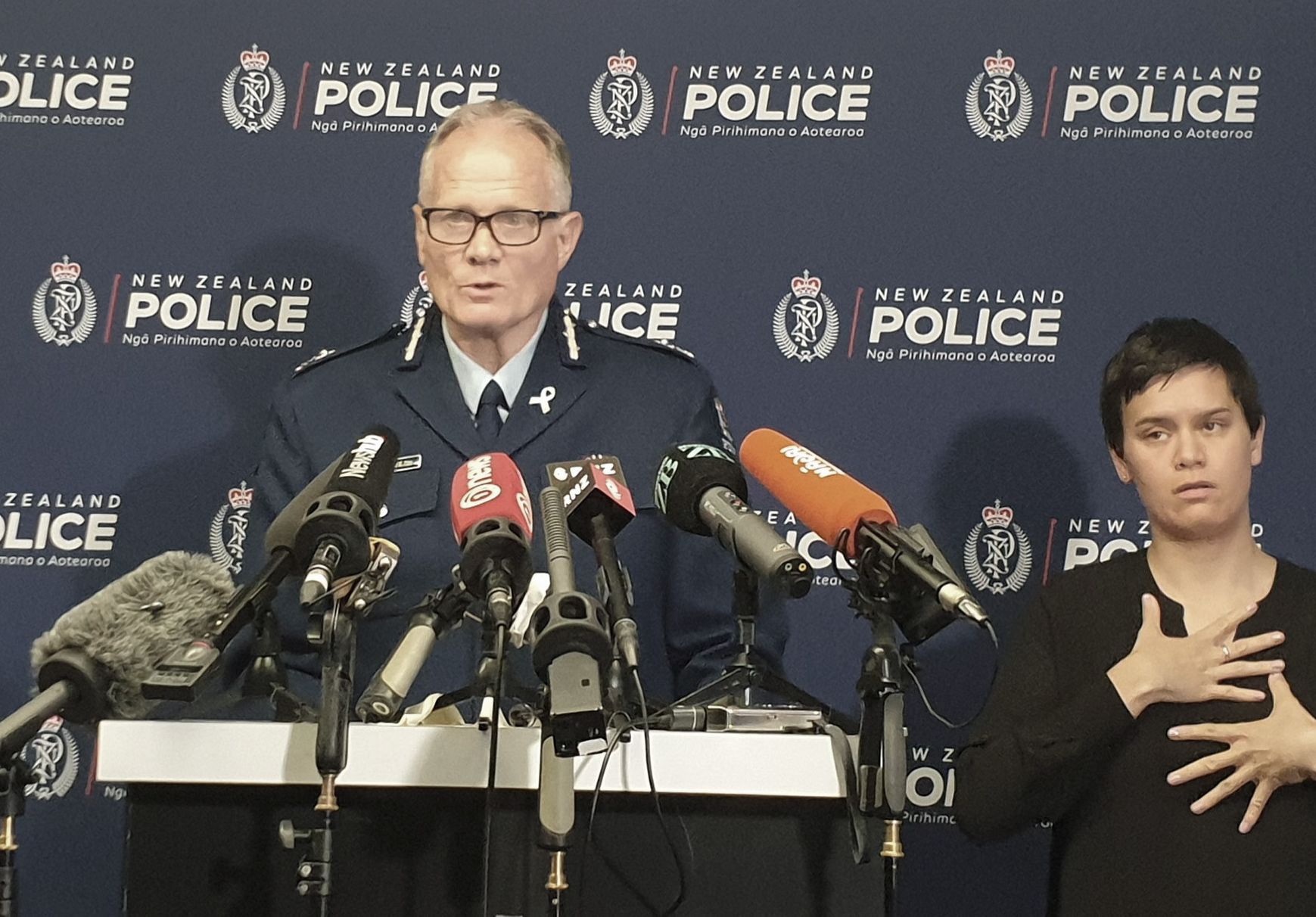
9.11pm
Police update the death toll to five. It will later be revised to six confirmed dead, with another eight unaccounted for and feared dead. Even among the 31 people injured, it will take days for some families to locate their loved ones in hospital and confirm they’re alive.
9.21pm
The captain of the Ovation of the Seas makes another announcement: they will remain in port tonight. Donna Field goes for another walk, this time around the decks of the ship. There are about 5000 crew and passengers on this cruise liner; the equivalent of a small town.
Donna replies to texts and calls from friends and family - she’s all right, she’s alive. Elsewhere, similar texts and calls go unanswered.
90km offshore, the silhouette of Whakaari darkens and bleeds into the night sky.
Writer:
Kate Newton, with contributing reporting from RNZ journalists
Photographs:
Michael Schade, Geoff Hopkins, Lillian Hopkins, Dan Harvey, Kahu NZ, Stephen Parker, Hamish Cardwell, Dom Thomas
Editor:
Veronica Schmidt
Art direction and design:
Jayne Joyce
